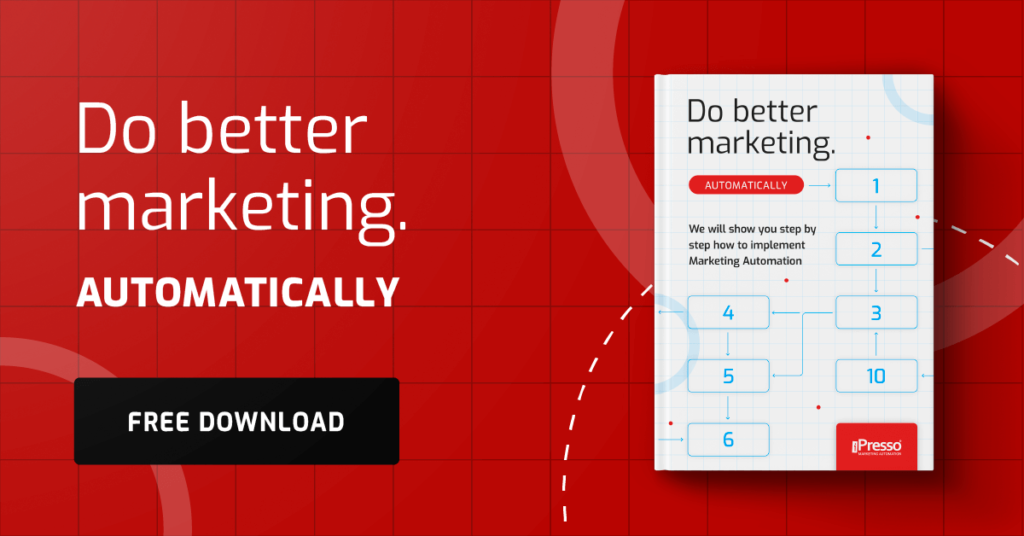Is your trader wasting time with cold leads? This automated qualification system will change that forever

You have a great product, a great offer, and marketing is generating more and more leads. The problem is that some of them are “ghost leads” – completely uninterested, others still need time, and the really valuable ones… well, just how do you quickly pick them out of thousands? How much time do salespeople waste calling people who will never buy? Let’s talk about lead qualification automation, specifically lead scoring – a secret weapon in the battle for sales efficiency.
Imagine that each of your potential customers has an invisible indicator that shows how close they are to making a buying decision. Lead scoring is just that indicator. It’s what assigns points to leads based on their behavior and demographic characteristics. Every action – opening an email, visiting a pricing page, downloading an e-book, or even the position held in the company – builds a unique score that tells you whether you’re dealing with a “warm” lead or someone just starting their journey.
No more wasted time! Your traders will stop calling people who are not ready to buy. They’ll focus on hot leads who are just waiting for the deal to be finalized.
How to build a lead scoring system that works in practice?
Creating an effective lead scoring system is not a “snap” and done. It’s a process that requires analysis, strategy and continuous optimization.
Step 1: Define your customer profile and persona
Start with the basics. Before you start scoring, you need to know who you are actually looking for. Sit down with your sales team and prepare an Ideal Customer Profile (ICP). What industry? What size of company? Who makes the decisions? Who has the budget? Then create buying personas – detailed profiles of your ideal customers. The better you know them, the more precisely you can assign points.
Step 2: Set the rules of the game: demographics vs. behavior
Lead scoring is based on two key pillars. Think of them as two sides of a coin:
Demographic scoring (fit scoring): Here you award points for who your lead is. Does he or she match the ICP? Examples:
Industry: +10 points for the IT sector.
Position: +20 points for Marketing Director, +5 points for Specialist.
Company size: +15 points for companies with more than 100 employees.
Behavioral scoring (engagement scoring): Here you score for what the lead does. What actions does he or she take?
Visiting the price list/offer page: +10 points (strong signal of interest!).
Downloading an e-book/industry report: +15 pts (educates oneself, i.e., interested).
Opening a newsletter: +2 pts.
Clicking on a link in an email: +5 pts.
Filling out a contact form: +25 pts (This is already a hot topic!).
Participating in a webinar: +30 pts (He’s taking his time for you – that means a lot!).
Remember the negative points, too! Lead unsubscribes? Deduct points from him. He hasn’t visited the site for 3 months? His score goes down. This allows you to “cool down” leads that have lost interest on an ongoing basis.
Step 3: when is a lead “hot”? Determine qualification thresholds
You already have the points, now you need to determine when a lead becomes “hot” enough to go to a merchant. It could be 60, 80, or maybe 100 points. It depends on the specifics of your industry and the length of your sales cycle.
Step 4: automate
You have scoring and hot leads set up? It’s time to take action! The Marketing Automation platform will automatically notify the salesperson of quality leads, change the status of the lead in the CRM, and launch nurturing campaigns for those who have not yet reached the sales threshold with personalized messages.
Step 5: monitor, analyze, optimize
Implementation is just the beginning. A lead scoring system is a living organism that requires constant attention.
Analyze the results: Are the leads that go to salespeople actually converting? If not, perhaps the thresholds are too low, or some behaviors are overestimated.
Adjust the rules: The market is changing, and so is customer behavior. The scoring system must be flexible.
Test, test, test! A/B test different scoring weights, different thresholds. Look for perfection.
What do you gain when using scoring?
- Leads you love: High quality, ready to buy. No more frustration!
- Harmony with the sales department: Common goals, clear criteria, happy salespeople.
- Greater engagement of leads: Communication that hits the mark, builds loyalty and trust.
- Maximum campaign effectiveness: You know what works, so you invest wisely.
- Measurable return on investment (ROI): You’ll finally be showing concrete numbers on how much marketing is earning for the company.
Summary
Lead scoring is not just a technology, it’s a strategy that changes the rules of the game in sales and marketing. If you want leads to jump into the sales funnel on their own and salespeople to have their hands full, but only with valuable customers – you know what to do. Fill out a short brief and invest in marketing automation and you’ll see your results grow!



